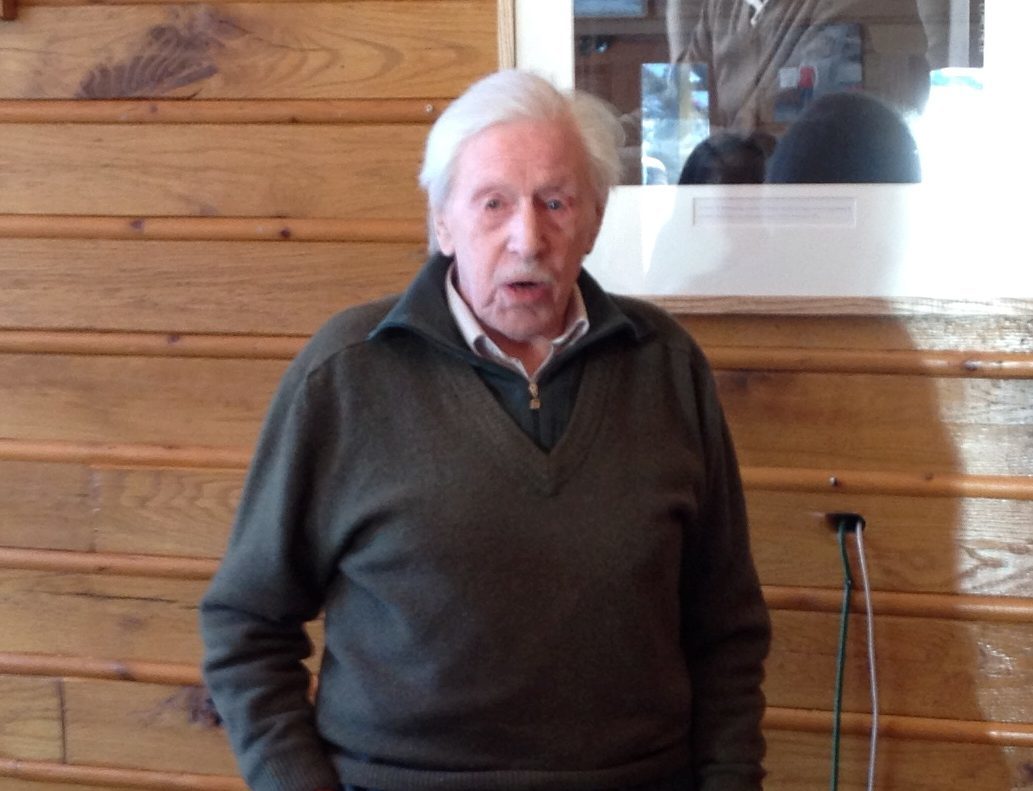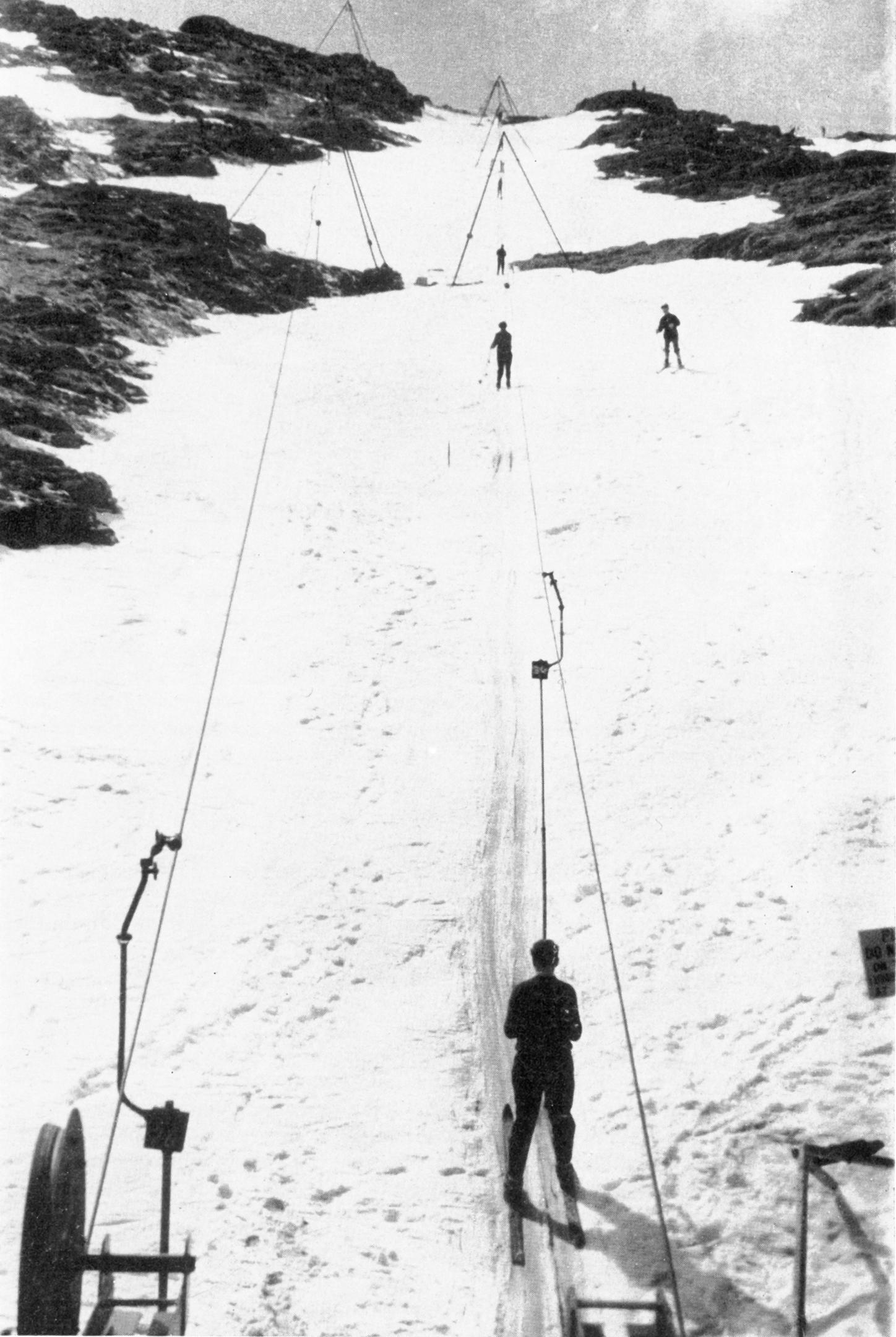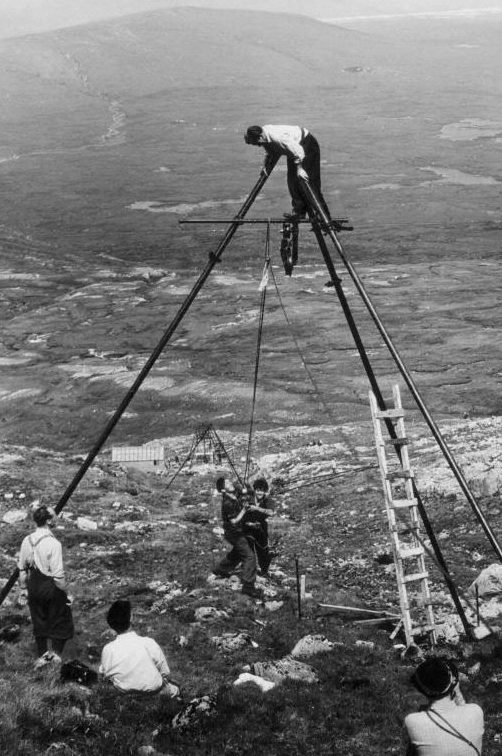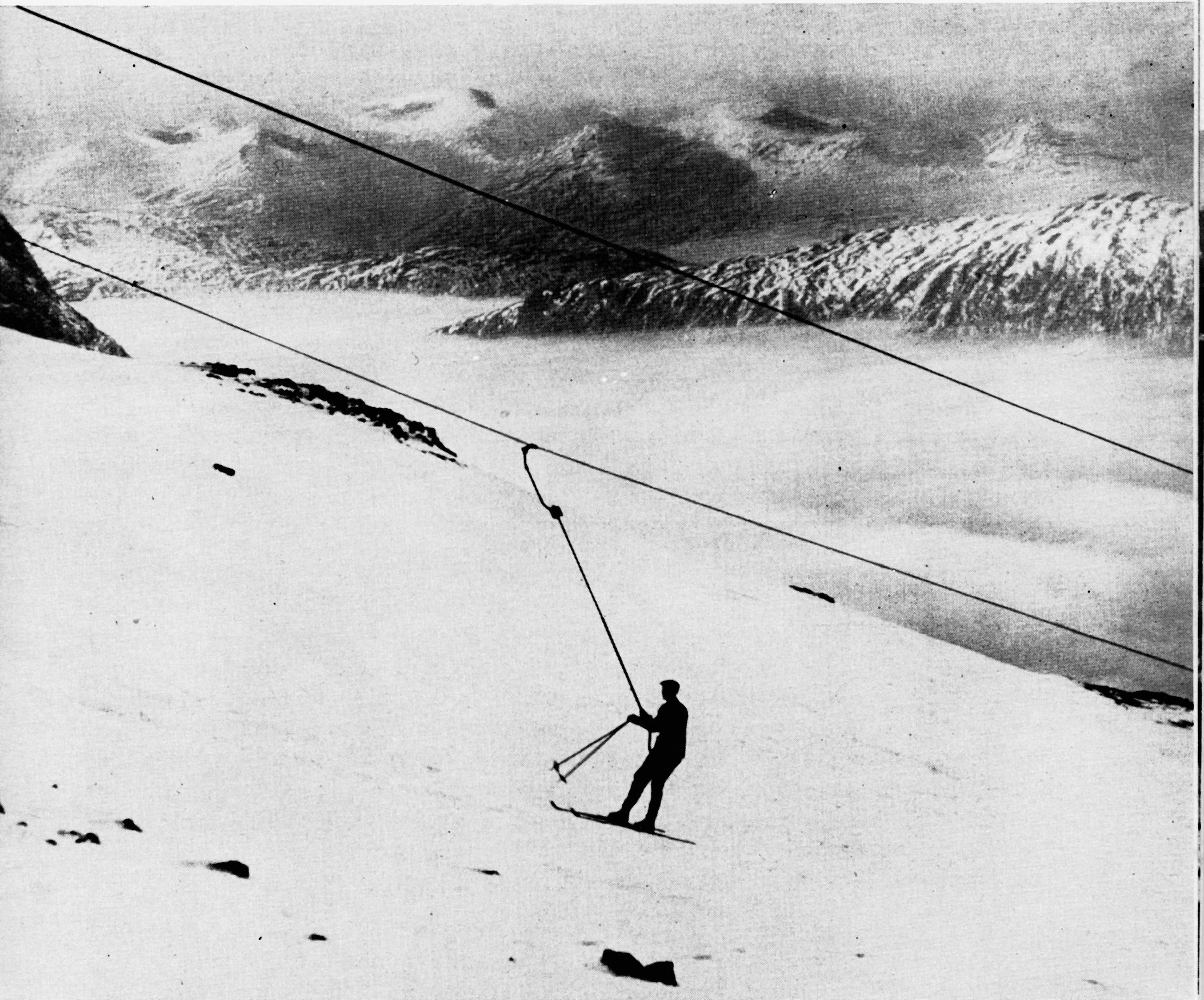
IT was backbreaking hard graft, in the worst of weathers and in the shadow of forbidding Glencoe.
Day in day out, former Second World War Spitfire pilot Philip Rankin carried up by hand the scrap metal and wires needed to build Scotland’s first ski tow.
Enterprising Philip begged and borrowed the materials from the Glasgow shipyards where he used to work and, in the process, heralded the beginning of a golden age of skiing in Scotland – and an industry now worth an estimated £30m a year.
Now a campaign has been launched to honour the man who is regarded as the country’s godfather of skiing.
Organisers would like to see Philip, who is soon to turn 100, entered for a Scottish Rural Award and are also calling for him to be recognised in the Queen’s New Year honours list.
The call has been backed by skiers, climbers and public bodies.
But last night modest war hero Philip laughed off the plaudits and joked that the campaign to get him recognised was “fiddlesticks.”
It was a Canadian doctor at Stoke Mandeville hospital who encouraged Philip’s love of snowsports, suggesting it could speed up his recovery from the injuries sustained when his Spitfire was shot down over the North Sea in 1942.
Before the 1950s, the only people who ventured into the Scottish mountains in winter were hardened climbers.
But after Philip threw himself into the sport, he hatched a plan to bring skiing to the masses.
He hoped to build the country’s first ski tow in Glencoe made out of leftover metalworks from Glasgow’s shipyards, where he worked.
By 1954 he’d left his engineering job in Glasgow and moved to Ballachulish to concentrate on the venture full-time.
Family friend Louisa Gardiner, who is behind the campaign, said the metal plate and steel cables needed for the tow “were ‘acquired’ and carried up the hill on the backs of these tough Clydesiders, all under Philip’s supervision.”
It was ready for use in February 1956 and its opening marked the creation of the first commercial ski centre in Scotland.
Philip, who went on to run the centre, remembered: “It was absolutely crucifying work.
“In order to make sure we were on a good line we had to start at the top and worked our way down, which meant everything had to be carried up the mountain.
“That took a lot of time, and sweat and tears.”
Campaigner Louisa added: “I feel he has been so fundamental to skiing in Scotland.
“He is the most wonderful man.
“I would hope that he gets recognition for the amount of work he did and how it has influenced the ski industry and tourism.
“Showing there was another winter sport, other than climbing, really was down to him.”
Friend and neighbour Hamish MacInnes, who was developing mountain rescue techniques when Philip ran the ski centre, backed the calls for him to be recognised for his work.
He said: “He was a real pioneer and he ought to be honoured more.
“Glenshee and all these places started after he had been going.”
The current owner of Glencoe Mountain Resort also paid tribute to a hugely influential figure, saying Scotland’s snowsports industry was “deeply indebted to Philip Rankin”.
Andy Meldrum, of Ski Scotland, added: “He was one of the individuals who had the vision to see that skiing could be a commercial operation in the Highlands, in particular on Meall a’ Bhùiridh where Glencoe opened for skiing just over 60 years ago.
“Since then four other resorts have opened – Cairngorm, Glenshee, The Lecht and Nevis Range.
“They, together with Glencoe, now generate around £30m each year for the Scottish and UK economy, with much more of that spent in a wide range of local businesses than is spent at the ski resorts themselves.
“This revenue boost during winter and spring is hugely important to Scotland’s tourism industry.
“The whole country should therefore be grateful to Philip for his foresight and energy in making skiing happen at Glencoe so long ago.”
Scott Armstrong, VisitScotland regional partnerships director, said the organisation would support any recognition for Mr Rankin.
He added: “Philip Rankin’s impact on Glencoe, and skiing in Scotland more widely, has been immense and we would support any plans to recognise the legacy of his work.”
Background
WHEN Philip Rankin’s tow was built on the slopes above Glencoe it meant Scotland’s first commercial ski centre was open for business.
The industry has grown to the extent that five resorts now welcome more than 200,000 skiers a year, generating £30m.
The first record of skiing in Scotland was in 1892 by William Wilson Naismith in the Kilsyth Hills and the Scottish Ski Club was founded in 1907.
But it wasn’t until the resorts were built that skiers could flock to the piste.
Glencoe Mountain Resort has now diversified to offer snowboarding, sledging and even avalanche rescue training.
Glenshee is the largest ski centre in the UK. But it wasn’t until 1957, after the Glencoe tow had shown the way, that the resort we see today started to take shape.
Cairngorm followed in 1961 with a chairlift which has now been superseded by a
state-of-the-art funicular railway, thanks to which it is possibly now the best known of the resorts.
Lecht Ski Centre was founded in 1977 but the Nevis Range resort didn’t open until 1989. Its gondola is used all year round – by skiers in winter and mountain bikers who also love what the area has to offer.
READ MORE
Ski pioneer Hilda gives up the slopes at age 102
WATCH: Man combines his two passions: skiing and playing the bagpipes

Enjoy the convenience of having The Sunday Post delivered as a digital ePaper straight to your smartphone, tablet or computer.
Subscribe for only £5.49 a month and enjoy all the benefits of the printed paper as a digital replica.
Subscribe

